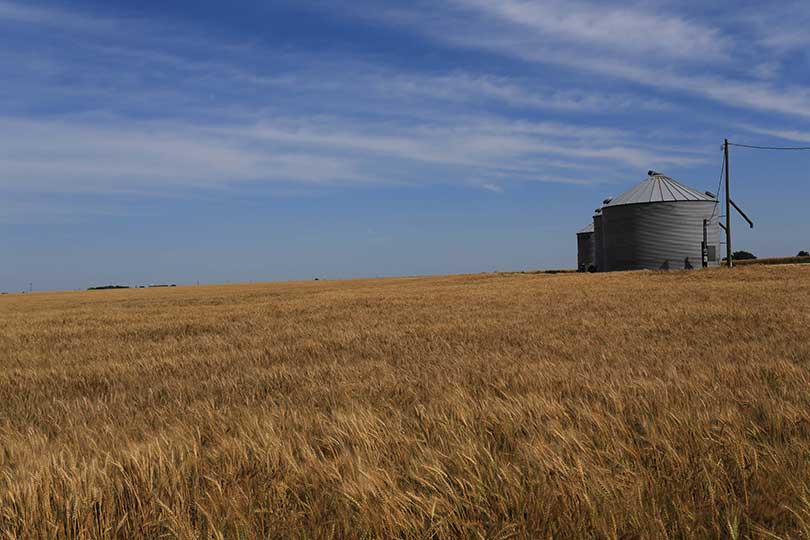Mid-sized U.S. farms have declined by five percent since 1992, according to U.S. Department of Agriculture (USDA) Economic Research Service study.
The U.S. farm economy has seen significant changes from 1992 to 2012 and has had to adapt to the environment of rapid technological change, rising costs of production and the increasing profitability of large farms.
Mid-sized farms remain an important link in the chain of family farms, and many are the result of successful small commercial farms that grew in size.
Declining mid-sized farm numbers could have implications for farm sector and farm household well-being. The study examined farm-level and census data to compare mid-sized farm numbers to other farm sizes.
Mid-sized farms are defined as those with gross cash farm income between $350,000 and $1 million.
Mid-sized farms accounted for about 21 percent of total production and six percent of U.S. farms in 2014, according to the study.
Principal operators of mid-sized farms are older today and more experienced and a higher share have some college or a college degree. There has been a trend toward a greater proportion of female principal operators since 2002.
There is evidence that the decline in mid-sized farms is due to farm exits and farm transitions. About 42 percent of continuing mid-sized farms transitioned to another size category between census years.
Mid-sized operations with beginning farmers, retired farmers or those who rented most of their land (tenant renters) were more likely to exit farming in the years 2007-2012, according to the study.
The decline in mid-sized farms can be a result of shift over the last few decades to a greater share of production occurring on large farms. It can also indicate that new technologies and economies of scale limit the role of mid-sized farms in modern agriculture.
The study can be useful to policymakers interested in the continued survival or transition of mid-sized farms by knowing the pathways mid-sized farms use to expand, shrink or exit farming altogether.

